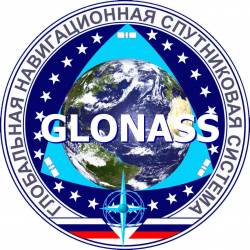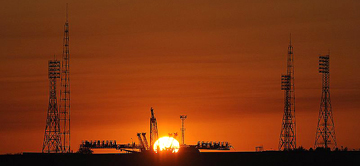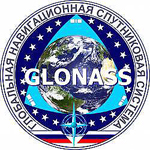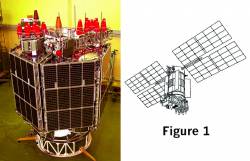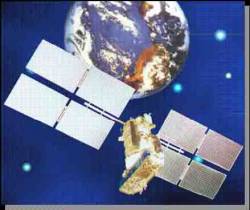
The last of three GLONASS satellites launched December 25 began broadcasting a healthy navigation signal today (February 12), according to the Russian Space Agency’s Information-Analytical Center, bringing Russia’s operational GNSS constellation to 20 spacecraft.
One satellite, space vehicle number (SVN) 701 launched more than five years ago, has been off-line and in “maintenance” status for the last month. Another spacecraft, SVN 722, is transmitting only in the GLONASS L1 band.
The last of three GLONASS satellites launched December 25 began broadcasting a healthy navigation signal today (February 12), according to the Russian Space Agency’s Information-Analytical Center, bringing Russia’s operational GNSS constellation to 20 spacecraft.
One satellite, space vehicle number (SVN) 701 launched more than five years ago, has been off-line and in “maintenance” status for the last month. Another spacecraft, SVN 722, is transmitting only in the GLONASS L1 band.
With the latest operational satellites in place, the global availability of 3D positioning capability with GLONASS is approaching 99 percent. Two additional triple launches of spacecraft are scheduled for September and December this year.

